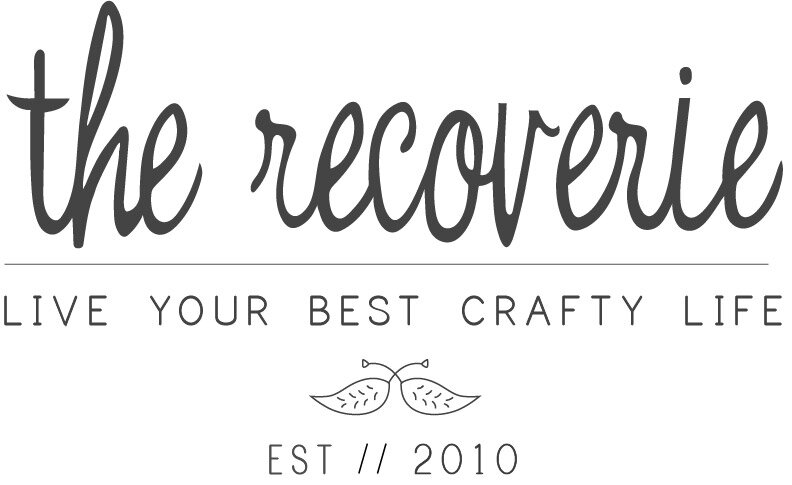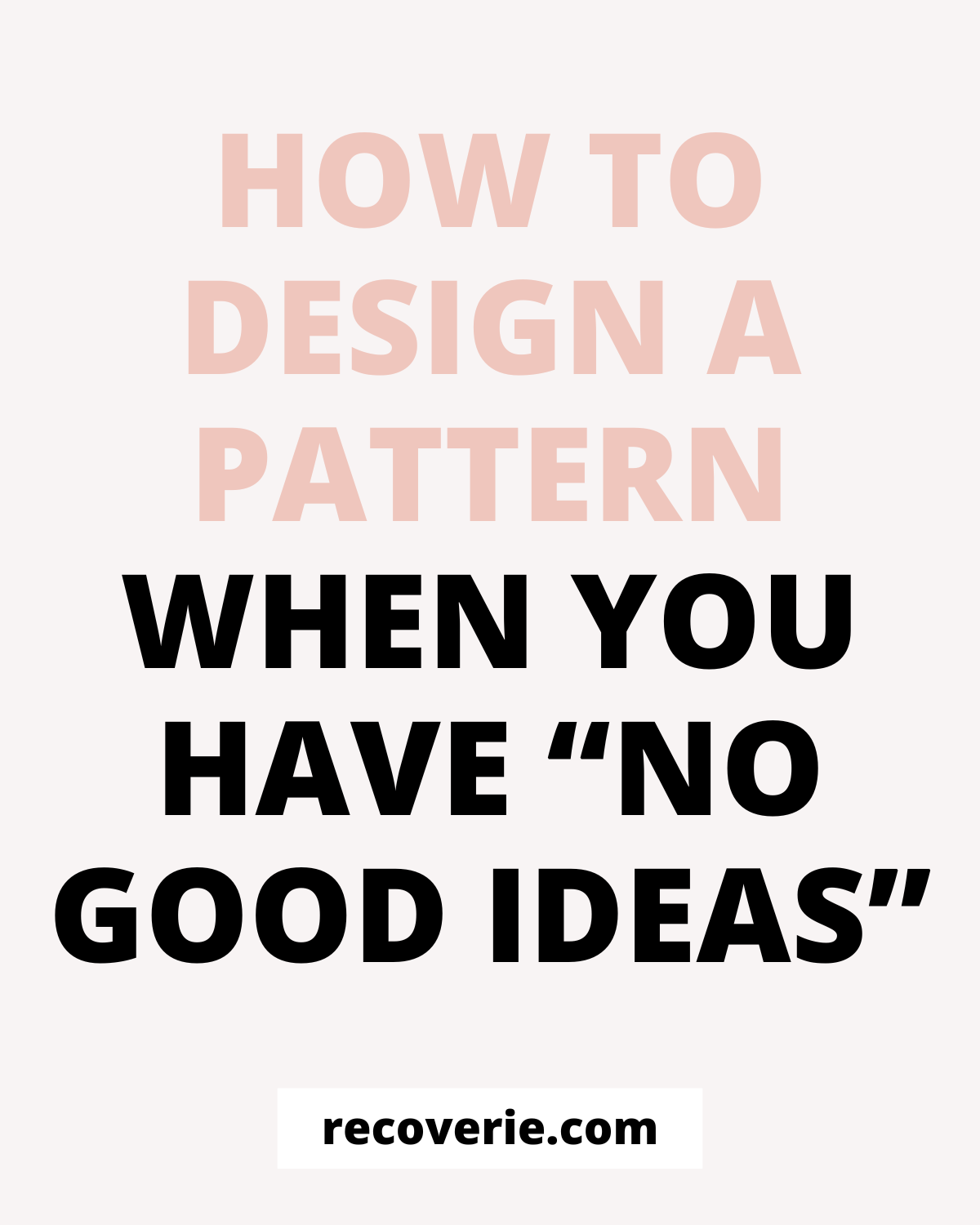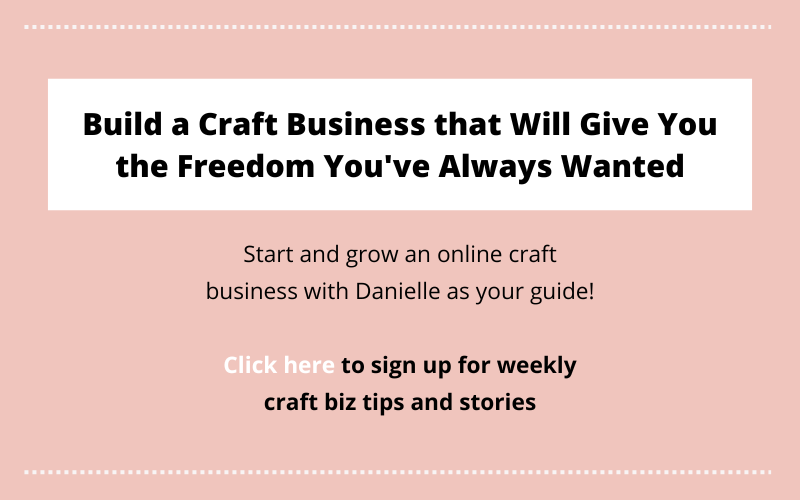How to design a pattern When you have “no good ideas”
When I’m coming up with new ideas for a pattern collection (or a design in general), I find that I don’t always know where to start.
And after years of designing, I’ve also learned that staring at a blank piece of paper doesn’t help in the least.
So for those of you out there that love the idea of designing your own patterns, but you “don’t have any good ideas”, this one’s for you.
I’m going to show you my system for coming up with ideas, when nothing else seems to be working.
We’ll be using images (photos, etc) to work backwards to help get you going on your design. This will give you a starting point, instead of you trying to pull ideas from the sky.
(When I say “design” I’m talking about a pattern, but you can apply this technique to all kinds of projects!)
Let’s get started:
Stage 1 - Describe
The first thing you’ll want to do is answer one question:
Imagine you are looking at your finished design. How does it make you feel?
Maybe this is a weird question, and I’m not a very feely type of person, but I’m just trying to get you to zoom out a bit. Don’t think so much about the actual design, so much as the vibe of the design.
So maybe you don’t know what colors or shapes to use yet, but you do know that you either want a super soft and flowy design, or a very linear and geometric design.
You can start working backwards from both of these ideas, and eventually choose your favorite one to execute.
The next part of this step is to try and come up with a few descriptive words to capture the essence of your future design. You can always adjust this later.
For this example, I’ll use the words:
*organic
*flowy
*floral
Stage 2 - Collect
Next, take those words you chose or the mood/theme you’re after, and start looking up ideas.
You want to start collecting images that could fit your theme, and your words. They don’t have to be perfect, maybe it just has one element that you want to see in your final design. Still include it.
I like to create a board in Pinterest and put all my images there, but you can also cut out pictures from magazines, or use physical objects as well. Anything goes.
Here are two images that I chose to work from:
The first has a color palette that I really like. It’s pretty geometric overall, but I like the shapes of the flowers in the image as well.
The second is very flowy, organic, and delicate. I don’t like the colors as much, but I can still use it to pull some different shapes.
I could continue to pull more images, but I think I have enough to work from with just these two photos for now.
Stage 3 - Sketch
In this stage, you’ll look over every image or item carefully and decide what exact elements they have that will help you arrive at that feeling/mood/theme you are after for your final design.
I really liked some of the long wispy shapes from the bouquet of flowers as well as the organic leafy shapes. So I sketched out some of those types of shapes.
Don’t copy what you see exactly, but use your images as a guideline.
Don’t worry too much about color at this point, you can do that last (just make sure the colors you choose connect back to your original theme).
It’s important not to censor yourself in this step. You’ll have to “draw through the crap” as I like to say, or keep drawing until the good stuff starts coming through.
The drawing on the left above shows some of my sketches (Stage 3), and the drawing on the right just happened to be what I was working on at the time.
I arranged my smaller images into a larger shape, but you may just take a few drawings and go right into Stage 4 below.
Stage 4 - Define
Now that we have some actual drawings to work with, we can start going through them and working directly off of the drawings.
At this point, I may have a few different pages covered in drawings, but only a handful of them really stand out.
So I’ll pick out all my favorites and start arranging, editing, and combining things, all the while, trying to keep my main vibe in mind so I don’t go off track.
Sometimes I didn’t draw enough, or some of the sketches I like aren’t inspiring me anymore, so I’ll cut them and go back to Stage 3 to rework things.
From here, you’re on your way.
You can use this process for a ton of different kinds of projects. Drawings, paintings, interior design, jewelry design, etc.
The point is to not stare at a blank piece of paper when you’re starting. It’s much easier to start from something rather than nothing!
I hope this was helpful! Let me know what you think in the comments!
<<>>








